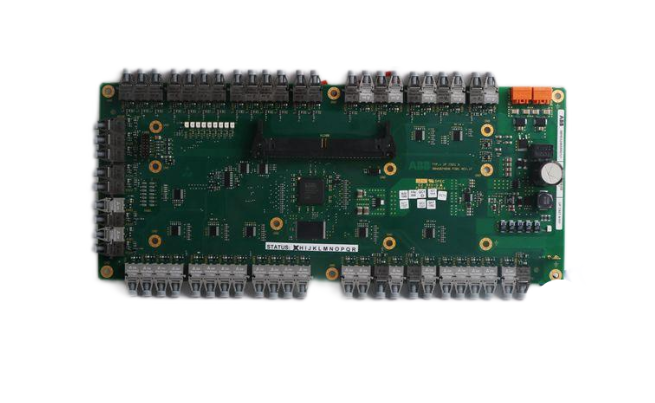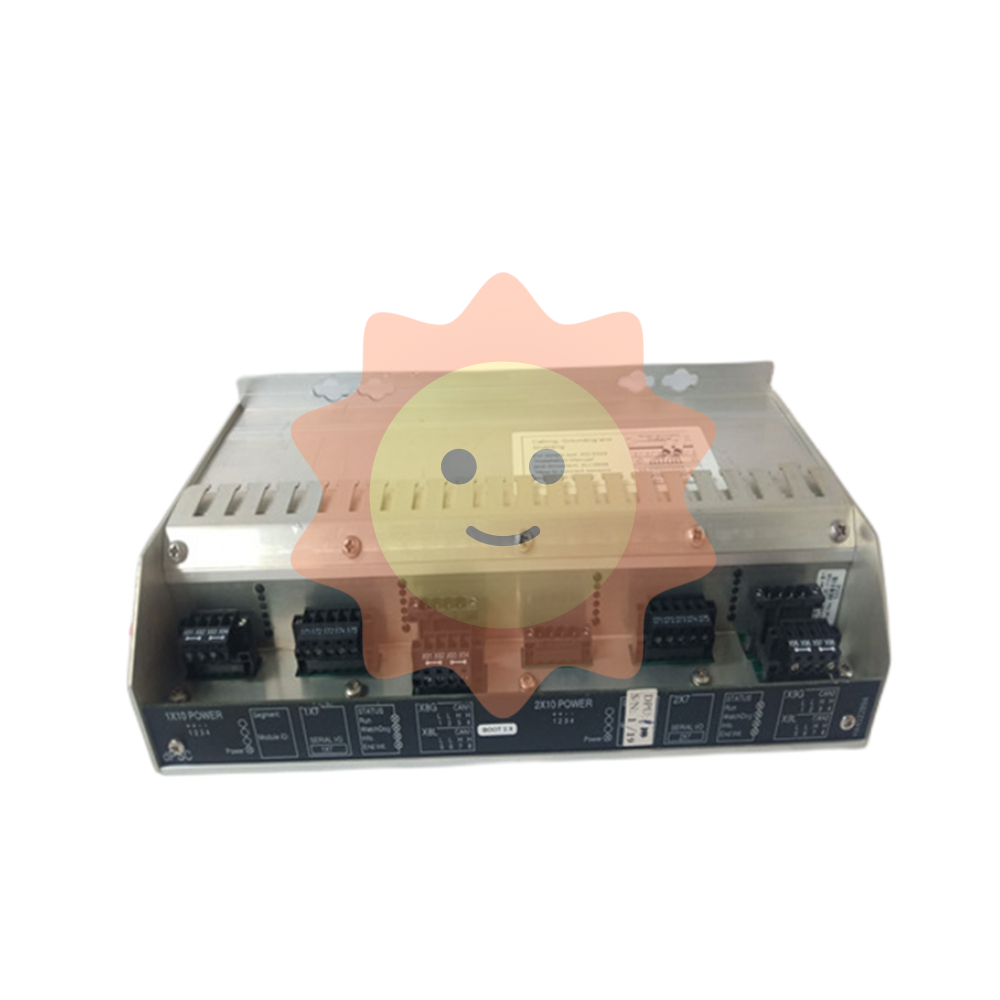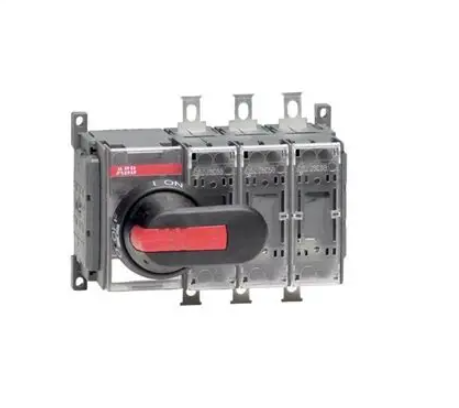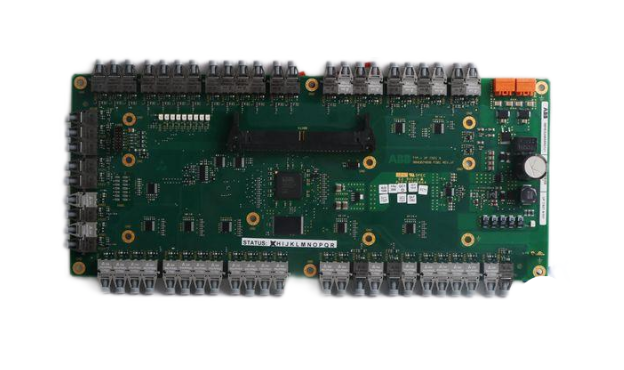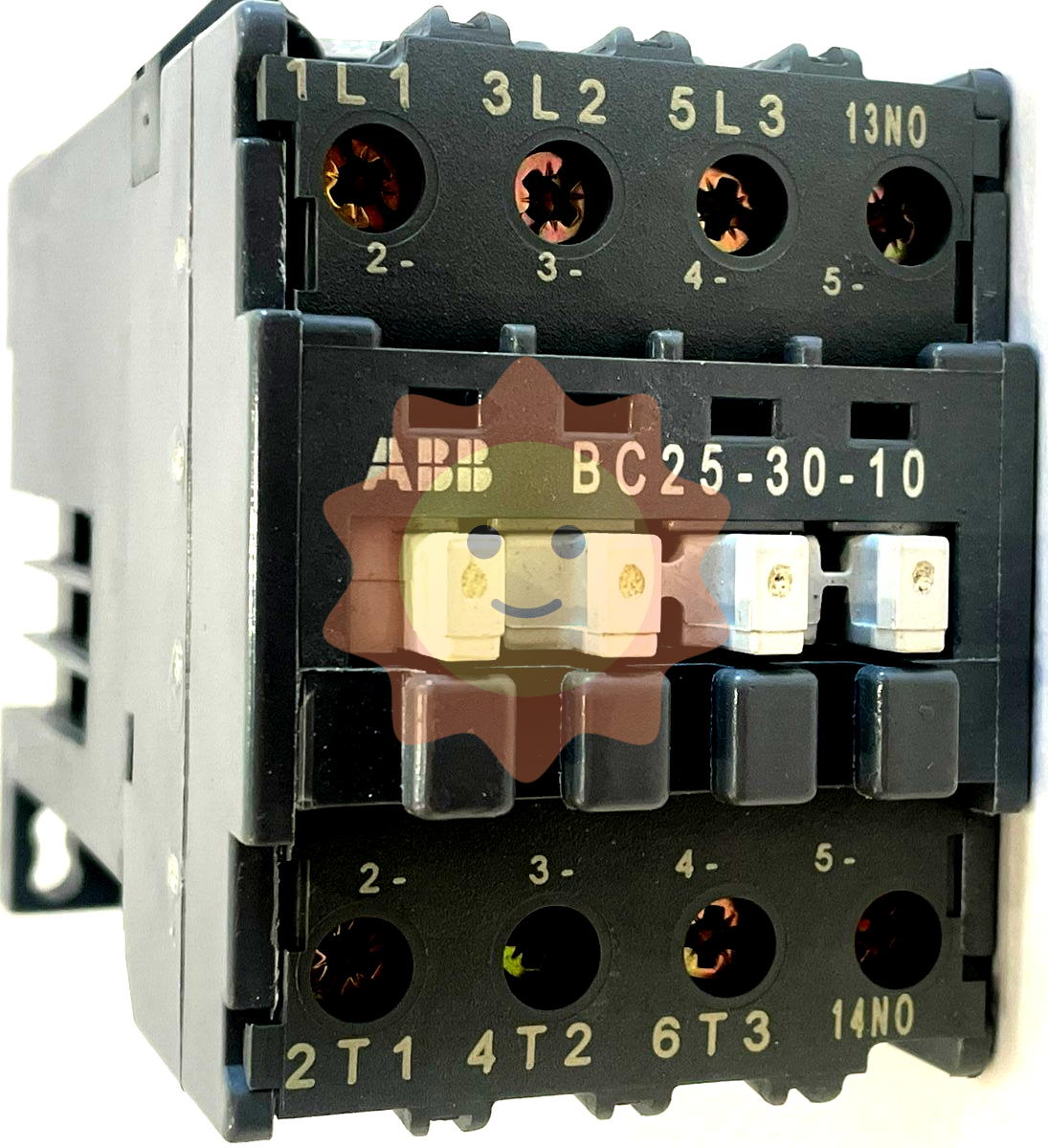Make clean and low-carbon energy "beautiful"
The "two-carbon" goal promotes the construction of a clean, low-carbon, safe and efficient energy system, which will make our energy healthier, safer and of higher quality
Experts believe that the commitment to the "double carbon" goal is a major event in China's economic and social development, which means that the energy transformation has entered a new stage. In the process of promoting the adjustment of the energy structure and the development of clean energy, we must adhere to the national chess game, improve the integrity and coordination of the system, which includes coordinating various energy varieties, optimizing the overall development layout, and simultaneously promoting carbon emission reduction, non-fossil energy alternatives and strategic energy reserves.
Du Xiangwan, academician of the Chinese Academy of Engineering and deputy director of the Expert Advisory Committee of the National Energy Commission, believes that we want to reduce carbon emissions, and at the same time, energy should not only ensure supply, but also have reasonable growth. Low-carbon is not to reduce energy, but to allow per capita energy consumption growth to reach a high-quality development stage. Low-carbon transition and energy security go hand in hand. A very important point of energy security is the security of supply and demand, and we must meet reasonable demand with scientific supply. At present, China's energy supply, on the one hand is the supply of fossil energy, on the other hand, we should gradually rely on non-fossil energy supply. Less than 1/10 of China's solar, wind and renewable energy resources have been developed, and the utilization of renewable energy resources is independent and controllable in China, which helps to improve the security of the energy system. We need to recognize that abundant non-fossil energy resources are also an important part of our energy resource endowment. A new understanding of China's energy and resource endowment is of directional and strategic significance for ensuring the country's long-term energy security and guiding energy transformation. The energy transition driven by the goal of peak carbon neutrality will make our energy healthier, safer and of higher quality.

By the end of 2020, China's installed wind power and photovoltaic power generation capacity has reached about 530 million kilowatts, accounting for 24% of the total installed capacity. In the future, new energy will continue to maintain the momentum of rapid development, and it is expected that by 2030, the installed capacity of wind power and solar power will reach more than 1.2 billion kilowatts, surpassing that of coal power and becoming the main installed capacity. By 2060, the proportion of new energy generation is expected to exceed 50%, becoming the main body of electricity.
Du Xiangwan pointed out that China's power load is mainly in the eastern region, in order to meet the demand for electricity consumption in the east, we should adopt the combination of "taking from the side and coming from the distance" to develop renewable energy resources. "Nearby" refers to nearby development in the eastern region. Compared with traditional fossil energy, the east of China has rich wind and light resources, which can be firstly considered through distributed photovoltaic, offshore wind power, biomass energy, waste power generation and other ways to achieve power generation and consumption. "Coming from afar" means supplementing the demand for electricity in the east through the development of photovoltaic, wind power and hydropower in the west.
Yang Liangsong, president of the International Energy Economic Research Institute of China International Cultural Exchange Center, believes that with the promotion of "carbon neutral and carbon peak" work, clean energy industry will be the main development direction of China's energy industry in the future. The northwest region of China has unique advantages in terms of light time and wind conditions, and the southwest region has unique advantages in terms of hydraulic resources, which is very suitable for the concentrated development of photovoltaic, wind power, hydropower and other clean energy industries. From the perspective of the future energy strategy of the whole country, the electricity demand in the eastern region is a more scientific way to take "take around" and "come from afar".
Peng Suping, academician of the Chinese Academy of Engineering and member of the Expert Advisory Committee of the National Energy Commission, pointed out that the energy system is a systematic project. At present, China's high carbon energy is more, the future is to solve the problem of clean, low-carbon response. In the next ten years, it should be the integration of traditional energy and new energy and hydrogen energy. In the process of building a clean energy system, the sustained and rapid growth of clean energy is the foundation, scientific consumption and utilization is the premise, the development of energy storage is the focus, and the improvement of institutions and mechanisms is the guarantee.
With the increasing proportion of renewable energy generation such as wind and light in the future, there is an urgent need to develop a new power system with new energy as the main body
Data show that the current carbon emissions of China's energy industry account for more than 80% of the national total, and the carbon emissions of the power industry account for more than 40% of the energy industry. It is estimated that by 2060, China's direct electricity consumption will account for 70% of the overall energy consumption, plus indirect electricity consumption, this proportion will reach 90%. To achieve the goal of "double carbon", energy is the main battlefield, electricity is the main force, and vigorously develop new energy sources such as wind and solar energy is the key. The construction of a new power system with new energy as the main body will help ensure the realization of carbon peak and carbon neutrality.
Clean energy, such as nuclear power, hydropower, wind power and photovoltaic, is mainly delivered to end users through the power grid. Du Xiangwan believes that the future energy transformation with new energy as the main body involves the energy system as a whole, and the power grid will play a key role in the consumption of the whole clean energy. Therefore, with the substantial increase in wind and photoelectric installed capacity, it is an urgent problem to be solved whether the output of high-quality power can meet the balance of supply and demand. The development of photovoltaic and wind power has subverted the development disadvantage of insufficient energy resource endowments in China in the past, and the endowment basis for the development of traditional power systems is undergoing great changes, and the planning of new power systems should conform to the development trend of The Times.

Tang Guangfu, academician of the Chinese Academy of Engineering and president of the Global Energy Internet Research Institute, said that from the energy supply side, nearly 70% of the energy in the future will be replaced by renewable energy, including clean energy such as hydropower, nuclear energy, wind energy, solar energy, and must be converted into electricity to be used. From the energy demand side, about 70% of the energy use scenarios will be electricity consumption, such as electric vehicles in the transportation industry. Therefore, the power system will play a central role in the energy transition. Considering the external dependence of China's oil and natural gas, as well as the international energy environment we are facing, we must vigorously play the central role of the power system in the energy transformation. The current power system is dominated by stable thermal power generation, and China has a good renewable energy resource endowment, which is suitable for vigorously developing a clean energy system dominated by photovoltaic and wind power. With the increasing proportion of renewable energy generation such as wind and light in the future, we urgently need to develop a new power system with new energy as the main body.
Li Liwu, academician of the Chinese Academy of Engineering and Chairman of the Expert Committee of China Southern Power Grid Corporation, believes that the design of the new power system needs to adapt to the dispersion of renewable energy resources such as wind and light, with random and intermittent characteristics. In the future, China's wind and photoelectric installed capacity is very large, and the power system will undergo fundamental changes. To construct a new power system with new energy as the main body, it is necessary to fully consider these characteristics of new energy.
What kind of technical path can be chosen for the construction of new power system? Tang Guangfu believes that the important characteristics of clean energy power generation represented by photovoltaic and wind power are volatility and intermittence, in order to vigorously develop clean and low-carbon energy, the new power system needs to adapt to the characteristics and requirements of a high proportion of clean energy power generation, and technically must highlight flexibility and flexibility. On the one hand, China's future energy system to clean energy as the main body, with flexible adjustment ability of coal power and gas power is an important means to compensate for wind power, photovoltaic intermittence, flexible power generation mode must need flexible power system as support; On the other hand, the flexibility of power system means to promote the wide application of flexible transmission mode represented by flexible DC. Compared to traditional methods, flexible DC technology is like a fully controllable pump, which can accurately control the direction, speed and flow of water. Through the flexible transformation of the power system, it makes the regulation more flexible, ensures the safe and stable operation of the grid, and is more suitable for large-scale access of clean energy.
We will support the development of clean energy with the strength of national strategic science and technology, and encourage the people to develop a lifestyle that meets the goal of "double carbon"
At present, the installed power generation of clean energy has entered a period of rapid development. At the same time, power electronics technology, digital technology and energy storage technology are promoting the evolution of traditional power systems to a highly digital, clean and intelligent direction.
At present, energy storage is considered to be an important tool and key support for solving the unstable problem of new energy power generation. Han Yingduo, academician of the Chinese Academy of Engineering and professor of Tsinghua University, believes that the development of large-scale energy storage technology will fundamentally change the out-of-the-box characteristics of traditional power systems. At present, the storage cost of electric energy is high and the service life is short, so it can be considered to convert the storage into heat storage and cold storage, which has a higher economy, so as to support the construction of a new power system to produce social benefits. High-power power electronics technology solves the problem of UHV flexible DC remote transmission, and the development of flexible DC distribution network is more conducive to wind and photoelectric grid-connected consumption, which greatly enhances the reliability and operation safety of equipment.

Tang Guangfu believes that new power systems need to alleviate the need for large-scale energy storage. Due to technical and cost reasons, chemical energy storage is not yet able to meet the needs of large-scale grid-level energy storage. The new power system needs to adopt flexible transmission and other technologies to connect hundreds or even thousands of kilometers of wind power, photovoltaic, hydropower, etc., through flexible DC transmission, to realize the spatio-temporal complementarization of wind, light, and water power generation and the indirect energy storage role of the grid, so as to achieve the stable output of electric energy. In the future, hydrogen energy is also expected to become an important supporting technology for new power systems. The new power system needs to develop energy storage, which can not only solve the problem of peak cutting and valley filling of the power grid, but also realize ultra-long-term energy storage across seasons.
Tang Guangfu also pointed out that to achieve the goal of reaching the peak of carbon and carbon neutrality, to build a high-quality, clean, low-carbon, safe, efficient and sustainable energy system, and to build a new power system with new energy as the main body, the whole society needs to participate extensively. On the one hand, it is necessary to support the development of clean energy with the national strategic scientific and technological strength, and on the other hand, it is necessary to encourage the participation of the people, and gradually develop a lifestyle that meets the "double carbon" goal. For example, in the future, people will be able to use their mobile phones to see how much fossil energy electricity their homes use in a year and how much clean energy electricity they use. It is necessary to vigorously publicize the significance of energy transformation, popularize the knowledge of new energy, and let people accept and actively support the use of clean and low-carbon energy.
- EMERSON
- Honeywell
- CTI
- Rolls-Royce
- General Electric
- Woodward
- Yaskawa
- xYCOM
- Motorola
- Siemens
- Rockwell
- ABB
- B&R
- HIMA
- Construction site
- electricity
- Automobile market
- PLC
- DCS
- Motor drivers
- VSD
- Implications
- cement
- CO2
- CEM
- methane
- Artificial intelligence
- Titanic
- Solar energy
- Hydrogen fuel cell
- Hydrogen and fuel cells
- Hydrogen and oxygen fuel cells
- tyre
- Chemical fiber
- dynamo
- corpuscle
- Pulp and paper
- printing
- fossil
- FANUC
- Food and beverage
- Life science
- Sewage treatment
- Personal care
- electricity
- boats
- infrastructure
- Automobile industry
- metallurgy
- Nuclear power generation
- Geothermal power generation
- Water and wastewater
- Infrastructure construction
- Mine hazard
- steel
- papermaking
- Natural gas industry
- Infrastructure construction
- Power and energy
- Rubber and plastic
- Renewable energy
- pharmacy
- mining
- Plastic industry
- Schneider
- Kongsberg
- NI
- Wind energy
- International petroleum
- International new energy network
- gas
- WATLOW
- ProSoft
- SEW
- wind
- ADVANCED
- Reliance
- YOKOGAWA
- TRICONEX
- FOXBORO
- METSO
- MAN
- Advantest
- ADVANCED
- ALSTOM
- Control Wave
- AB
- AMAT
- STUDER
- KONGSBERG
- MOTOROLA
- DANAHER MOTION
- Bently
- Galil
- EATON
- MOLEX
- Triconex
- DEIF
- B&W
- ZYGO
- Aerotech
- DANFOSS
- KOLLMORGEN
- Beijer
- Endress+Hauser
- MOOG
- KB
- Moxa
- Rexroth


Email:wang@kongjiangauto.com




